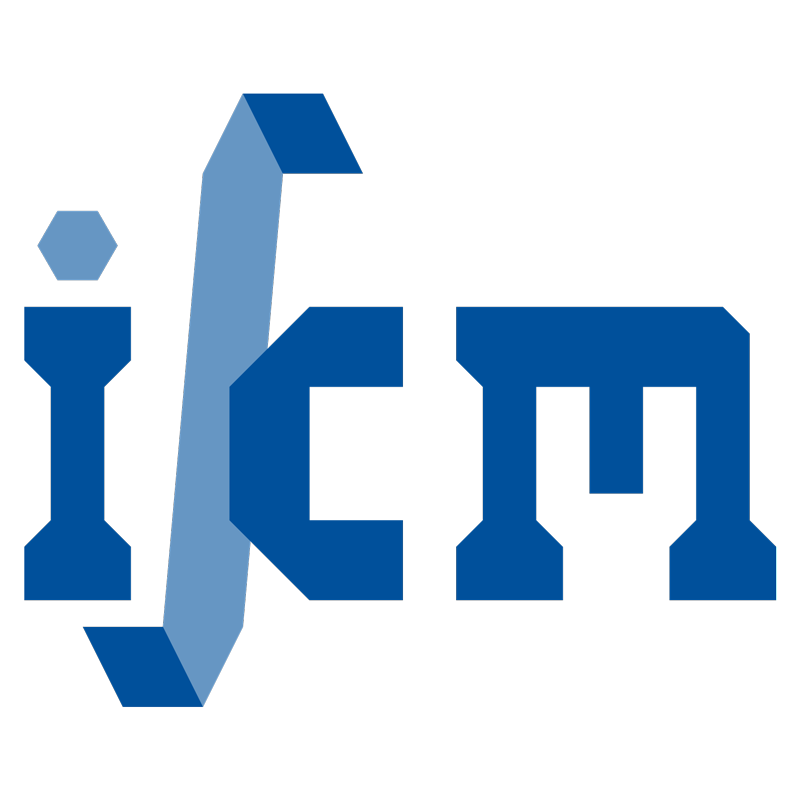Direct nodal imposition of surface loads using the divergence theorem
- authored by
- Christian Weißenfels
- Abstract
For the accurate imposition of surface loads using the Finite Element Method normally the load is discretized at the surface facets. Therefore appropriate surface shape functions are needed. If the surface contains kinks, which occurs often in contact cases, the imposition is more complicated. In order to simplify the imposition of surface loads, an alternative approach is presented. This formulation is purely based on volume contributions of the discretized elements of the body. The surface nodes are automatically identified and the linearization is straightforward. No specific surface information is necessary. The imposition is simply based on the application of the divergence theorem. The only prerequisite is the fulfillment of the integration constraint, a necessary requirement for Galerkin solution schemes. With this, boundary nodes are directly identified by possessing a non zero normal vector whereas for inner nodes this vector is identically zero. Moreover, the normal vectors at the boundary nodes contain all the information of the surface and correspond to resultant nodal normal vectors. This is especially advantageous in the case of surfaces that contain kinks. It also simplifies the search algorithm in computational contact mechanics to find the closest distance to other bodies. This approach also works for any kind of shape functions. The nodal force vectors are always determined accurately. The advantages and the simple handling of this approach are demonstrated by means of several examples including follower loads and contact cases. Additionally, the influence of the isoparametric concept on the integration constraint is investigated by evaluating the behavior of different shape functions on an irregular grid. Although this new approach is only demonstrated within the context of the Finite Element Method, due to its generic derivation it can be applied to any Galerkin solution scheme which fulfills the integration constraint.
- Organisation(s)
-
Institute of Continuum Mechanics
- Type
- Article
- Journal
- Finite Elements in Analysis and Design
- Volume
- 165
- Pages
- 31-40
- No. of pages
- 10
- ISSN
- 0168-874X
- Publication date
- 01.11.2019
- Publication status
- Published
- Peer reviewed
- Yes
- ASJC Scopus subject areas
- Analysis, General Engineering, Computer Graphics and Computer-Aided Design, Applied Mathematics
- Electronic version(s)
-
https://doi.org/10.1016/j.finel.2019.06.009 (Access:
Closed)
-
Details in the research portal "Research@Leibniz University"


